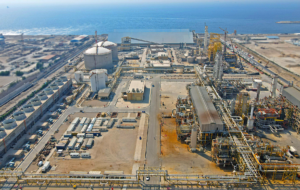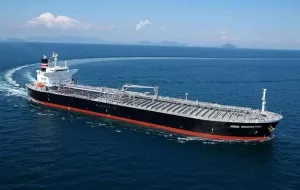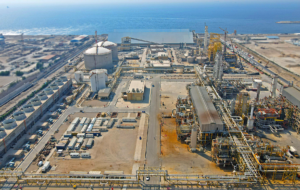
Meet Hengam Petrochemical, Iran’s newest urea producer
Located in the heart of the South Pars energy region, Hengem Petrochemical has not only become one of the largest producers of ammonia and urea in the country, but also, with the completion of its new phases, is ready to play a more important role in Iran's food security and foreign exchange earnings.

The dark fleet of Iran, Russia and Venezuela has reached nearly 1,000 ships
Bloomberg reported in a new report that nearly 978 tankers are operating in the so-called “dark fleet,” a network that supports oil exports from Iran, Venezuela and Russia and accounts for about 19 percent of the global fleet. The data comes as a large tanker was seized near Venezuela, which was previously under U.S. sanctions for its involvement in transporting Iranian oil.

Getting to know Iran’s petrochemical companies; this is Kimia Pars Middle East
Kimia Pars Middle East Company, one of the important players in Iran's petrochemical industry, has achieved an influential position in recent years in the fields of foreign exchange earning, sustainable production, and development of global markets, relying on methanol production and 100% export of its products.
Breaking News

Signing of Memorandums of Understanding to Expand Oil Cooperation between Iran and Iraq

Historical record of fuel consumption in Nowruz

The need to attract investment in upstream oil and gas

Minister of Energy: The key to solving the country’s electricity industry problems is improving the economic situation

60,000 liters of smuggled crude oil discovered in Maroon area

Value-creating investment, maximum production, exploitation of Phase 2 of Sabalan Petrochemical and entry into the capital market

The oil and gas industry is one of the best places to invest in manufacturing

Pakistan eyes Tehran-Washington agreement to revive peace gas pipeline

The development of the Kish gas field has finally taken off; is Touraj Dehghani or Persian Gulf Holding involved?





